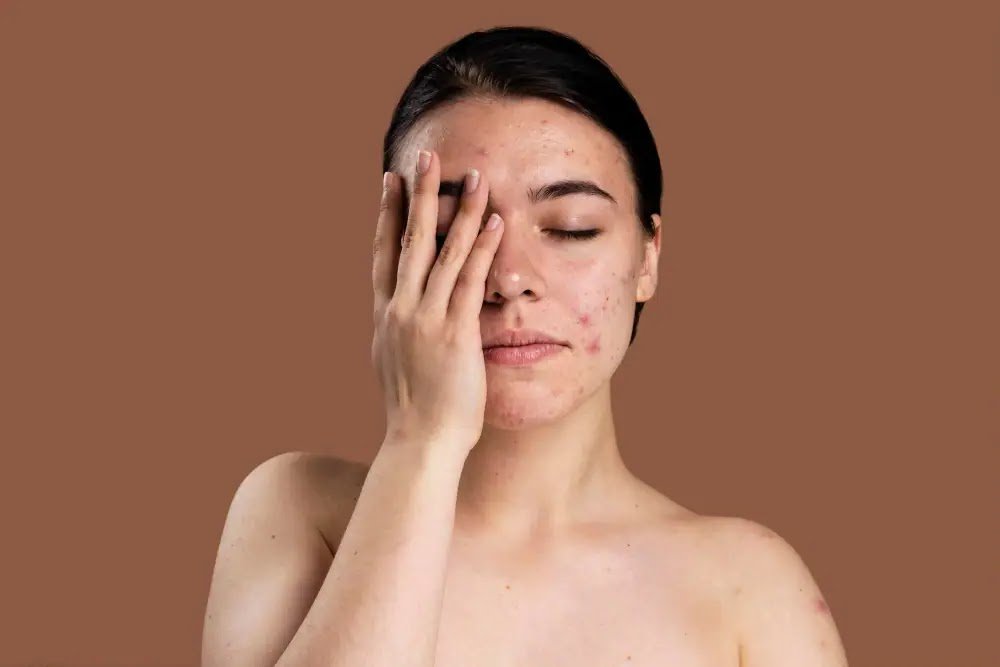

In the realm of dermatological solutions, few medications have garnered as much praise and recognition as Mupirocin topical. Revered for its efficacy in treating bacterial infections of the skin, this medication has become a cornerstone in the arsenal of dermatologists and healthcare providers worldwide. From minor cuts and scrapes to more serious skin conditions, Mupirocin topical has proven itself to be a versatile and reliable treatment option. In this comprehensive guide, we will explore the history, mechanism of action, indications, side effects, and future prospects of this remarkable medication.
A Brief History
Mupirocin, the active ingredient in Mupirocin topical, was first discovered in the late 1970s by researchers at Beecham Pharmaceuticals (now part of GlaxoSmithKline). Initially identified as a fermentation product of Pseudomonas fluorescens, Mupirocin exhibited potent antibacterial properties against a wide range of gram-positive bacteria, including Staphylococcus aureus and Streptococcus pyogenes. Recognizing its therapeutic potential, Beecham Pharmaceuticals developed Mupirocin into a topical formulation for the treatment of bacterial skin infections.
Mechanism of Action

The mechanism of action of Mupirocin is unique among antibacterial agents. It selectively inhibits bacterial protein synthesis by irreversibly binding to bacterial isoleucyl-tRNA synthetase, an enzyme essential for the incorporation of isoleucine into bacterial proteins. This inhibition disrupts the synthesis of bacterial proteins, ultimately leading to bacterial cell death.
Unlike many other antibacterial agents, Mupirocin exhibits a narrow spectrum of activity, primarily targeting gram-positive bacteria. This specificity is advantageous in the treatment of skin infections, where gram-positive organisms such as Staphylococcus aureus are often the causative agents.
Indications
Mupirocin topical is indicated for the treatment of various bacterial skin infections, including impetigo, folliculitis, furunculosis, and secondary skin infections resulting from minor wounds, cuts, or abrasions. It is also effective against methicillin-resistant Staphylococcus aureus (MRSA), a notorious pathogen known for its resistance to many conventional antibiotics.
The versatility of Mupirocin topical extends beyond treating superficial skin infections. It is also used prophylactically to prevent infections in patients undergoing certain medical procedures, such as catheter insertion or surgical wound care.
Administration and Dosage
Mupirocin topical is typically available in ointment form, with concentrations ranging from 2% to 5%. The ointment should be applied directly to the affected area of the skin two to three times daily, depending on the severity of the infection and the clinician’s recommendation. It is important to cleanse the affected area thoroughly before applying the medication to ensure optimal penetration and efficacy.
In cases where the infection covers a large area or is particularly severe, healthcare providers may opt for systemic antibiotic therapy in conjunction with Mupirocin topical to achieve better clinical outcomes.
Side Effects
While Mupirocin topical is generally well-tolerated, like all medications, it can cause side effects in some individuals. The most common side effects include local skin reactions such as itching, burning, redness, or irritation at the application site. These reactions are usually mild and transient, resolving on their own without the need for intervention.
In rare cases, systemic allergic reactions may occur, manifesting as rash, hives, swelling, or difficulty breathing. Patients experiencing any of these symptoms should discontinue use of the medication and seek medical attention immediately.
Future Prospects
As antimicrobial resistance continues to pose a significant threat to public health, the development of novel antibacterial agents remains a priority for researchers and pharmaceutical companies alike. While Mupirocin has been a mainstay in the treatment of bacterial skin infections for decades, efforts are underway to explore new formulations and delivery mechanisms to enhance its efficacy and combat emerging resistance.
Furthermore, ongoing research is focused on expanding the spectrum of activity of Mupirocin to target a broader range of bacterial pathogens, including gram-negative bacteria. By overcoming current limitations and evolving with the ever-changing landscape of infectious diseases, Mupirocin topical holds promise as a vital tool in the fight against antimicrobial resistance.
Sonclusion
Mupirocin topical stands as a testament to the power of scientific innovation in addressing the challenges of bacterial skin infections. With its potent antibacterial properties, favorable safety profile, and established track record of efficacy, Mupirocin topical remains a cornerstone in dermatological practice, providing relief and healing to countless patients worldwide.
